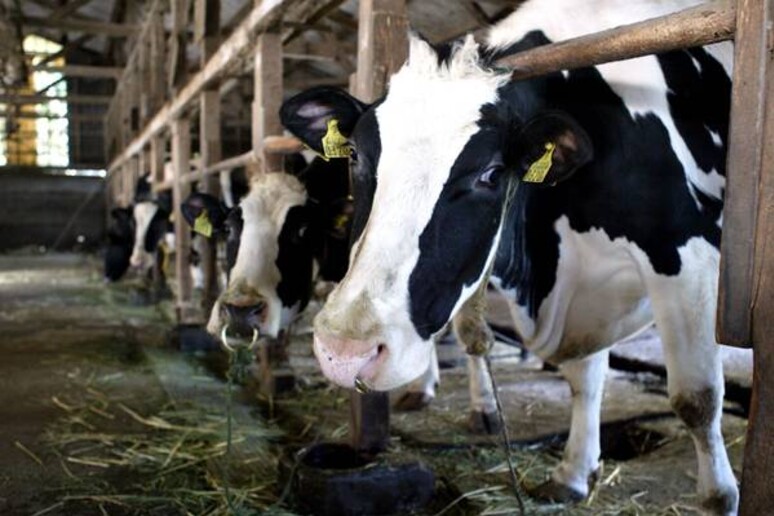In the United States, avian influenza continues to spread among animals. According to the Centers for Disease Control and Prevention (CDC), it has now been a year since the first human case was detected in Texas. There are currently at least 70 cases and one confirmed death in the state of Louisiana.
Although the virus is mainly transmitted among birds, recently it has been spread mainly through infected dairy cows. As a result, consumption of unpasteurized milk may pose a risk to human health. The U.S. Department of Agriculture (USDA) reported that in March 2024 alone, more than 1,000 herds were infected in 17 states.
To deal with the emergency, the USDA has allocated $1 billion: $500 million for biosecurity measures, $400 million in economic aid to affected farmers, and $100 million for vaccine research and development.
Meanwhile, the CDC, in collaboration with state and local health authorities, has monitored at least 16,600 people exposed to infected animals and tested about 880 of them. In parallel, the USDA is in charge of testing livestock.
Tony Moody, professor of pediatrics and immunology at Duke University School of Medicine, stressed the importance of expanding testing on both animals and people to get a clearer picture of the situation. “The real question is, how much are we willing to test to identify cases of transmission and understand the true extent of the phenomenon?” he said. “We would need more effective and better coordinated surveillance.”
Moody also pointed out a limitation in the current system: “Today we have a partial view of the problem because animal testing is handled by one department and human testing by another. These two agencies do not always communicate in real time and pursue different goals.”












